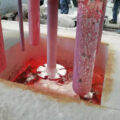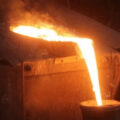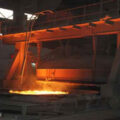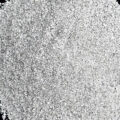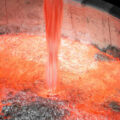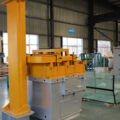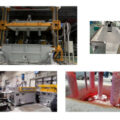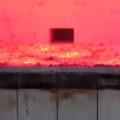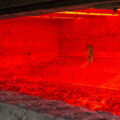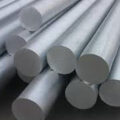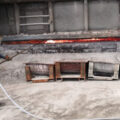After adding alloying elements to molten aluminum, the alloy melt needs degassing and filtering. Alloying elements are added to molten aluminum, and the alloying elements are highly reactive and tend to increase the oxidation rate of the melt. The addition of these highly reactive elements occurs after all other major alloy additions are completed, after the alloy melt degassing for removing undesirable hydrogen and scum by refining flux or online degassing, then cast the aluminum ignot. After each reactive metal element to be added is reduced to a molten state, it is mixed with the degassed and filtered alloy melt in a mixing crucible located upstream of the casting station. Since the time to keep the mixed alloy before casting is very short, the degree of oxidation of the melt is minimized.
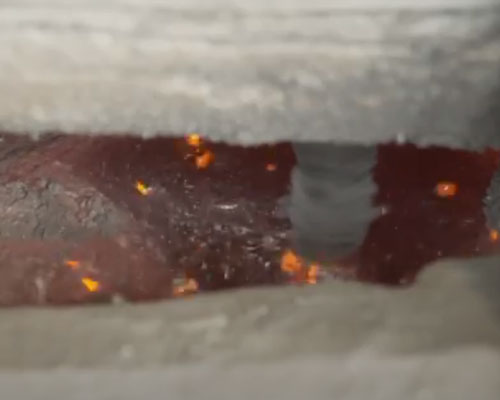
Existing methods of melting aluminum alloy in the practice of preparing ingots usually add alloying elements to the aluminum melt in a large melting furnace. Due to the reaction between the melt in the open furnace and the moisture in the air, hydrogen is absorbed by the molten metal. In order to minimize the oxidation reaction, molten salt flux has been used on top of the molten metal. Even if refining flux is used, a high concentration of hydrogen will be found in the melt, and unless it is removed, the porosity of the ingot will reach unacceptable levels. This “degassing” is achieved by bubbling a gas, which usually contains chlorine, through the melt. The final degassing can be carried out in a holding furnace.
When lithium is used as an alloying element, it can only be added after all degassing has been completed. Lithium is added to the melting furnace or smaller holding furnace in solid or liquid form. In either case, it must be kept below the melt surface until it dissolves.
There are many difficulties in lithium addition. In principle, it has been found that lithium significantly increases the oxidation rate of the melt. Lithium also contaminates the refractory materials in the furnace lining, making the furnace unsuitable for melting lithium-free alloys without the need for expensive furnace linings. Special refractory materials and materials resistant to corrosion by lithium must be used throughout the melting and metal transfer stages. In addition, after adding lithium, the aluminum melt cannot be effectively degassed without causing a large amount of lithium loss. Therefore, due to the increase in the oxidation rate after the addition of lithium and the longer retention time before all metals are finally solidified in the ingot, a large amount of expensive lithium is likely to be lost, and the required lithium concentration cannot be controlled.
Another problem encountered involves the absorption of a large amount of hydrogen by the melt after the introduction of lithium. After lithium is added, melt stirring is performed to promote the homogeneity of the composition, but it actually destroys the protective layer of the flux and causes further oxidation and hydrogen absorption. One suggested method to control this undesirable oxidation involves covering the entire system (melting furnace, metal launder, holding furnace and ingot station) and maintaining a dry inert atmosphere on the molten metal. Unfortunately, the implementation of this method will require a redesign and modification of the furnace. Using this method will also complicate the control and monitoring of casting procedures and equipment, and is economically prohibitive.

